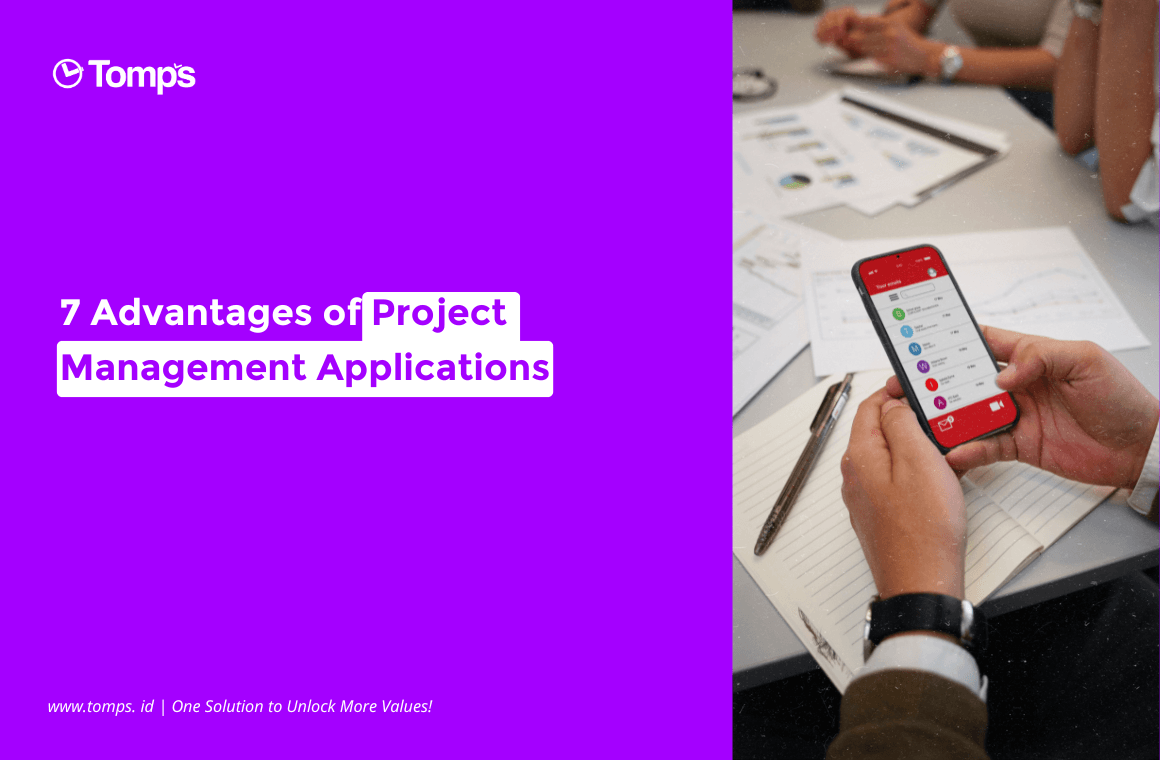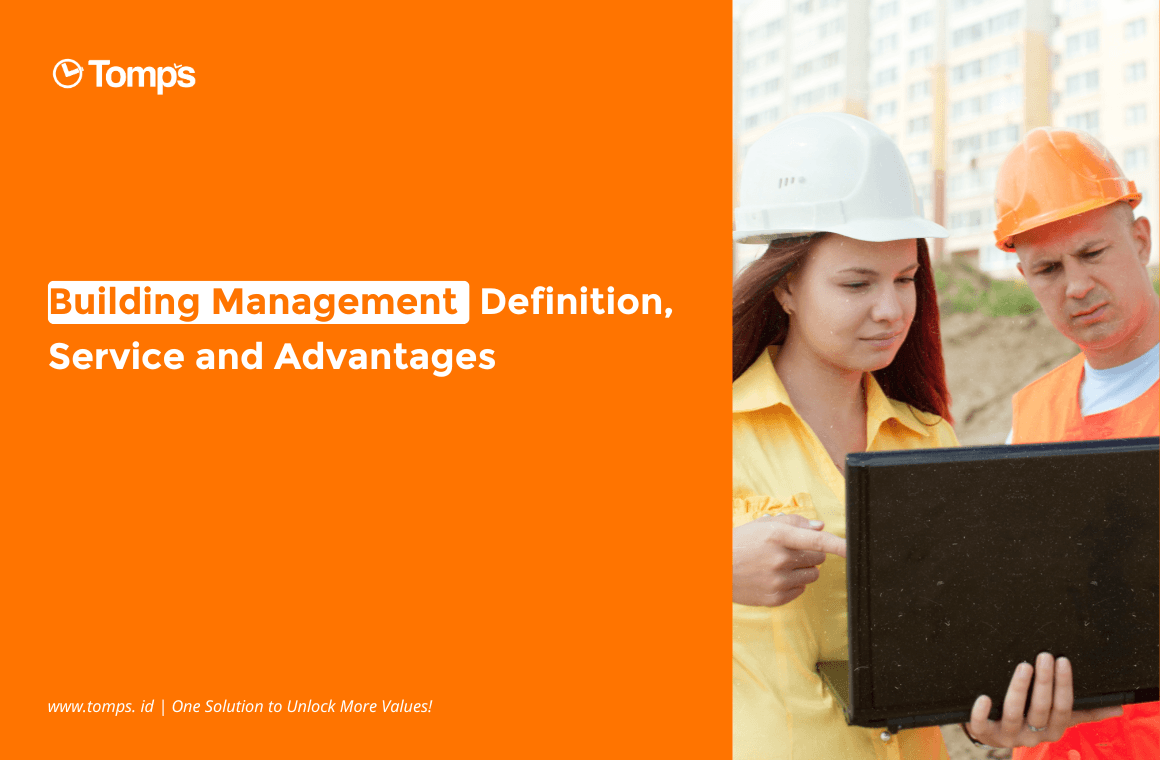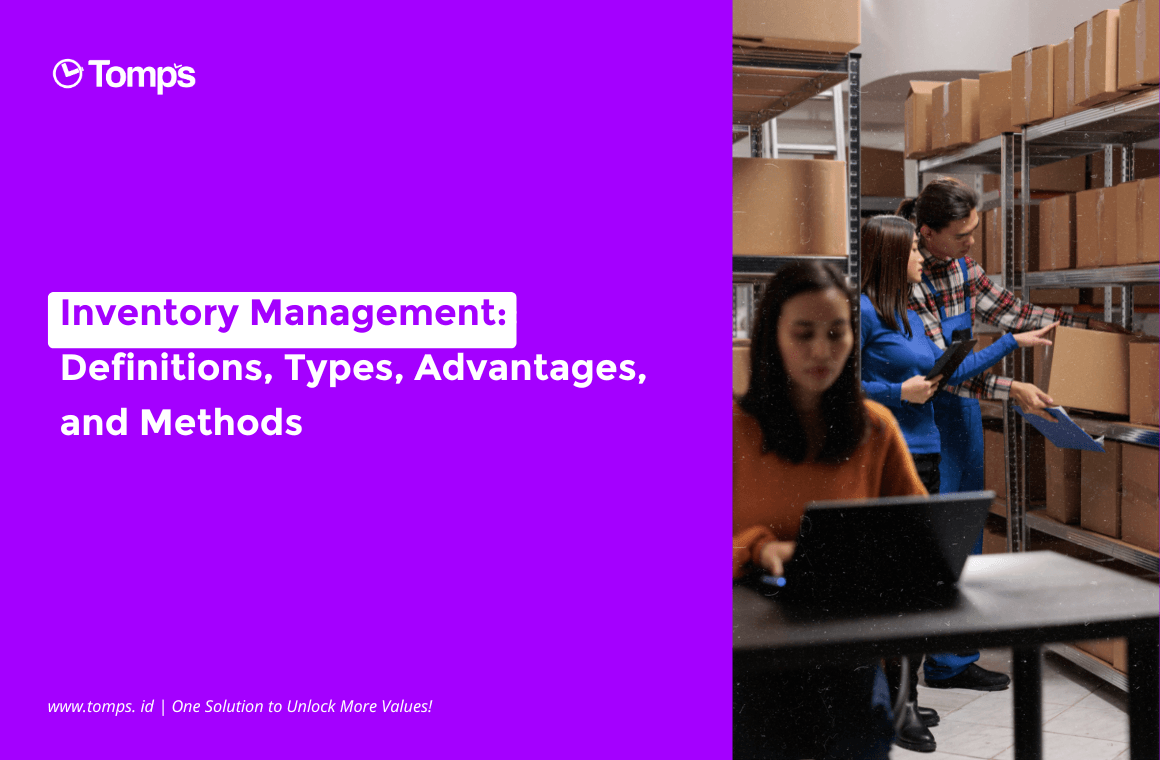Every year the construction of construction projects in Indonesia continues to grow rapidly. This is in line with the vision of President Joko Widodo and Vice President Ma’ruf Amin that one of the foundations of Indonesia’s development is infrastructure, which means that demand and opportunities for construction projects are growing very rapidly. Various types of construction projects began to emerge along with the development of infrastructure. Construction project management is highly needed & beneficial in order not to be mistaken and understand better, here is a review of the types of construction projects that Tom-Mates need to know!
DEFINITION
Definition of Management
According to Kamus Besar Bahasa Indonesia (KBBI) management is the effective use of resources to achieve goals. It can be interpreted that management is fully responsible for the sustainability of resources so that they run optimally and on target.
Project Definition
According to Kamus Besar Bahasa Indonesia (KBBI), a project is a work plan with specific targets (irrigation, power generation, and so on) and with firm completion. Experts put forward the definition of a project as follows (Raharja, 2014):
- Iman Suharto stated that a project can be defined as an activity that takes place within a certain period with a limited allocation of resources and is intended to carry out a task that has been outlined.
- D.I. Cleland and W.R. King argued that the project is a combination of various resource activities that are collected in a temporary organizational container to achieve a certain goal.
So the project is an activity that has limitations on time, budget, and resources and has specifics for the product to be produced. One example of a project that has been hotly discussed lately is the construction of the Jakarta International Station and the Mandalika International Circuit in the Mandalika area, Central Lombok, West Nusa Tenggara.
Definition of Construction
Construction is the arrangement/arrangement of the elements of a building where the position of each part is by its function. According to Kamus Besar Bahasa Indonesia (KBBI), the meaning of the word construction is the arrangement (model, layout) of a building (bridge, house, etc).
Understanding Construction Project Management
Construction project management is a management effort that includes planning, implementing, and controlling project activities from start to finish by allocating resources effectively and efficiently to achieve the desired result.
STAGES OF CONSTRUCTION PROJECT MANAGEMENT
Before discussing the types of construction projects, the following are the stages of construction project management that have been summarized for Tom-Mates, namely:
According to Dipohusodo (1995) construction project management is divided into 5 stages, namely:
1. Concept development
Conduct a preliminary survey with field investigations at the project site to be implemented. This is to obtain various information such as local labor wages, material prices, local government permits, the ability of local service providers either contractors or consultants, the surrounding climate, and what efforts can be made to anticipate obstacles that will arise.
2. Planning
The activities carried out started from submitting proposals, follow-up surveys, making initial designs, and designing details. These things will affect the next process, namely the final work plan. The main targets of the final work plan are:
- Using the work implementation guidelines, construction and material contract prices will be more certain, fixed, and competitive so that they do not exceed the existing budget limit.
- The work will be completed according to the quality of the time frame that has been set.
3. Auction
It is an auction process until the winner of the auction is selected
4. Construction Execution
This activity includes field preparation, and implementation of the physical construction of the project until the completion of the construction project. In the implementation of the physical construction of the project, it is necessary to focus on controlling costs and construction schedules. Cost control so that the allocation of costs for project resources, labor, equipment, and materials are in clear control. Control the construction schedule so that the project goes according to plan and is completed on time.
5. Operation
After the physical construction is completed, the service provider will hand it over to the service user for operation. In this case, the provider alone still has the responsibility to maintain the building according to the agreement
According to Austen and Neale (1994) in Suyatno (2010) construction project management is divided into 5 stages, namely:
1. Briefing
The client explains the project’s functionality and allowable costs so that architects, surveyors, and other members can properly utilize costs. What to have during the briefing process:
- Develop work plans and appoint designers and experts
- Consider needs, field conditions, plan design, estimate cost, and quality
- Prepare a program that describes the project plan and boundaries, cost interpretation, and implementation plan.
2. Planning and designing
Aims to complete and determine the layout, design, construction methods, and estimated costs to obtain approval from the client and the parties involved. These activities include:
- Checking for technical problems
- Request client approval
- Prepare a sketch design including cost estimates, detailed designs, and specific schedules, to the quantity and quality of materials
3. Auction
This process appoints a contractor who will carry out the construction project and obtains a quote from the contractor with the client’s approval.
4. Construction or implementation
Aims to build by the agreed cost and time and the required quality. These activities include planning, coordinating, and controlling field operations.
5. Preparation for use
Aims to ensure that the building is completed according to the proper contract documents. These activities include:
- Prepare implementation notes
- Thoroughly research the building and repair the damage
- Testing the waterproof properties of buildings
- Started testing and customizing all facilities
- Prepare operating instructions and maintenance guidelines
- Train staff
TYPES OF CONSTRUCTION PROJECTS
1. Residential Construction Project
Of course, we are already familiar with housing construction projects, especially in urban areas. This project includes the construction from scratch, repair, and remodeling of the aging housing structure to maintain the comfort of the residents of the housing. Examples of housing construction projects are apartments, nursing homes, dormitories, and etc. In addition, in the construction of housing construction projects, attention must be paid to the electricity and water utilities of the building because they are used as residences.
2. Building Construction Project
This project includes the construction of commercial and non-commercial buildings such as government buildings. Examples of building construction projects are the construction of school buildings, sports stadiums, shopping centers, universities, hospitals, skyscrapers, and etc.
3. Industrial Construction Project
This type of project usually requires special specifications and requirements for workers because it includes the construction of oil refineries, mining, heavy industry, nuclear, and etc. This project is usually for the needs of industrial companies or non-profit companies. In practice, making industrial construction projects requires a high level of accuracy and high technology to minimize risks that can have a broad impact on environmental damage.
4. Civil Engineering Construction Project
This type of project is a project that aims for facilities and infrastructure from the public interest which the city/district government usually carries out to the central government. Examples of this project are the construction of LRT, MRT, ports, dams, communication access, and etc.







